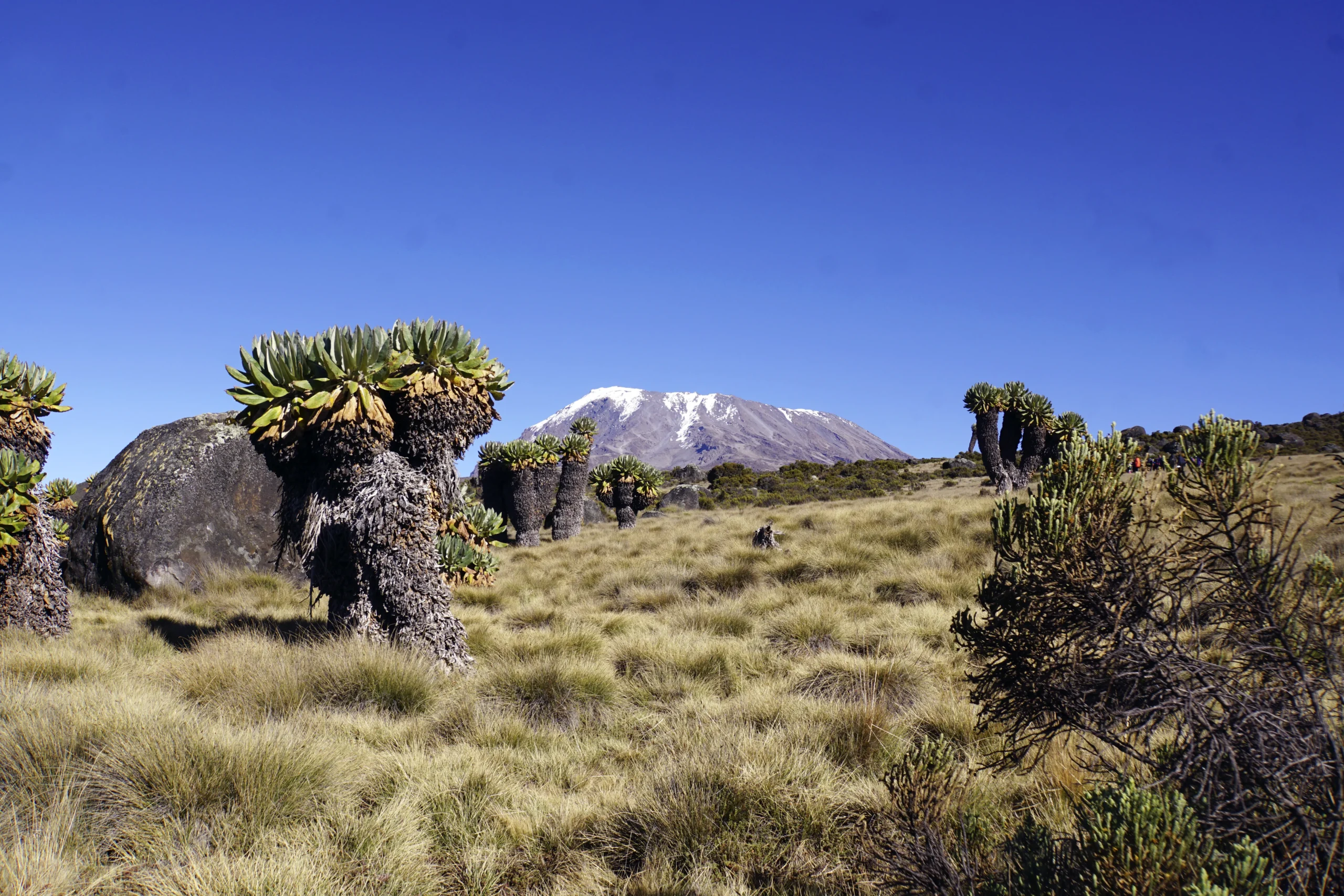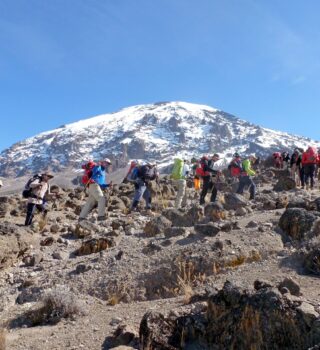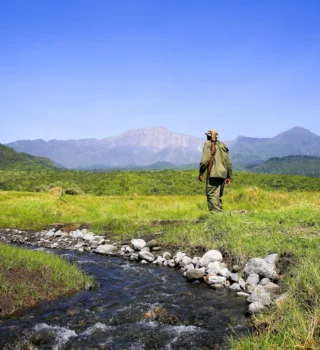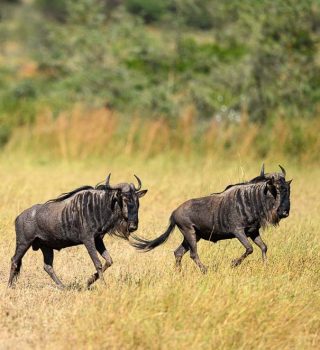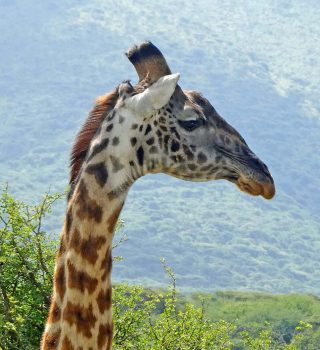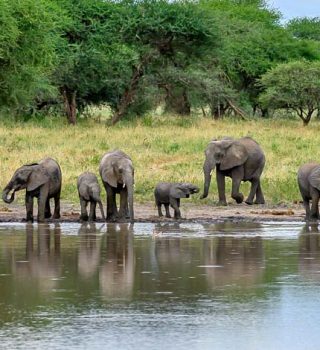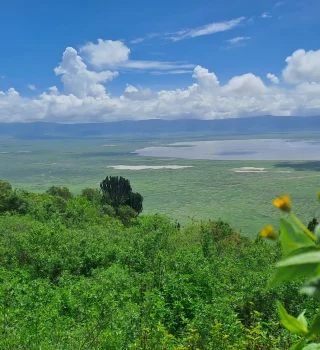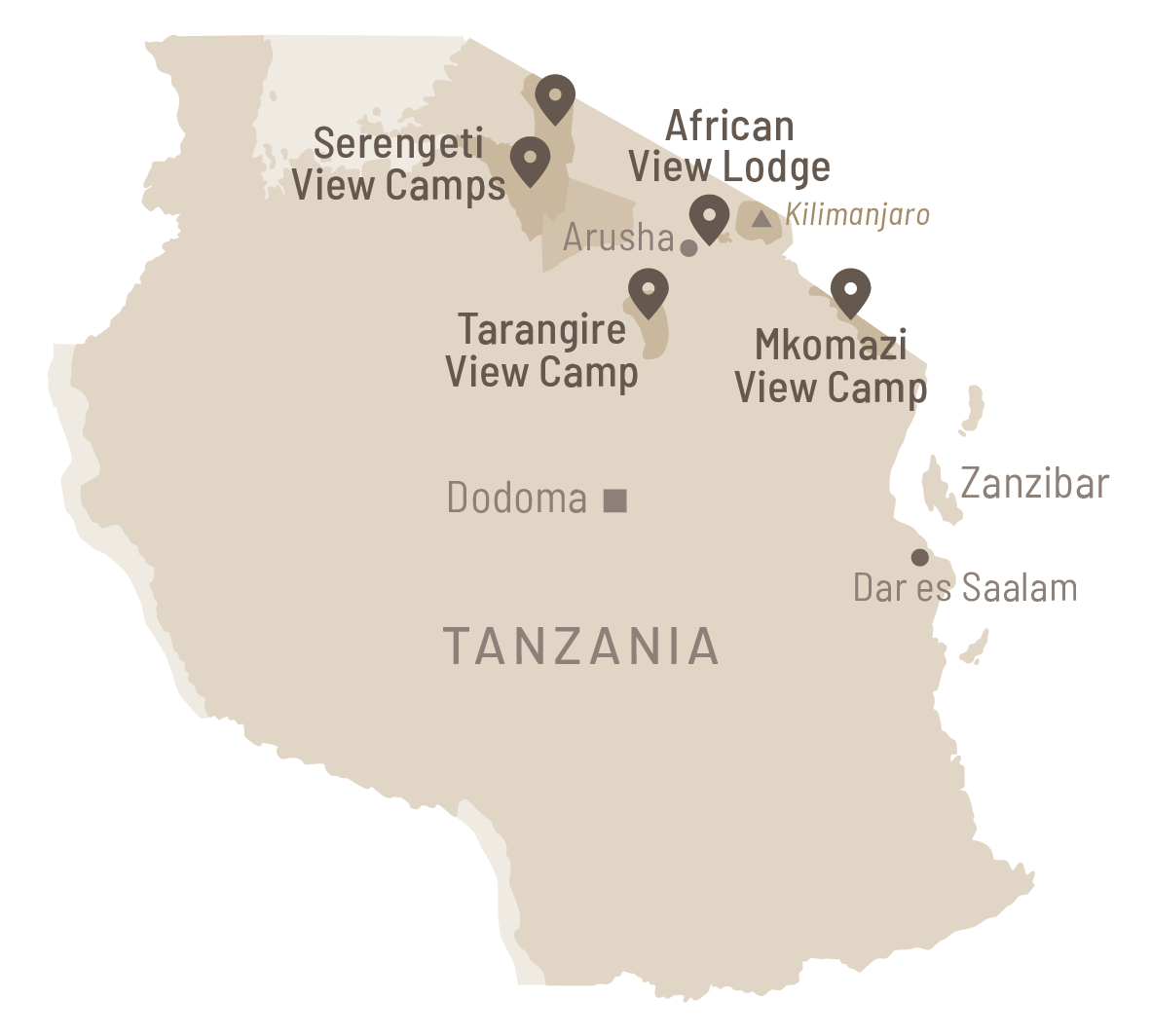Kilimanjaro National Park
Kilimanjaro National Park
The park is home to Africa’s highest peak (5,895 m) and one of the world’s most iconic mountains, Mount Kilimanjaro. This UNESCO World Heritage Site covers an area of approximately 760 km2 and encompasses a diverse range of ecosystems, from lush rainforests to moorlands, alpine meadows, alpine deserts and glaciers.
The park is renowned for its breathtaking scenery and rich biodiversity, hosting a variety of plant and animal species.
Visitors can embark the environment on a day-trip or reach the summit of Mount Kilimanjaro on multi-day hike, where they are rewarded with awe-inspiring views of the surrounding landscape and the majestic glaciers adorning the mountain’s peak. Beyond its natural beauty, the area around Kilimanjaro holds cultural significance as well, serving as a pilgrimage site for local Chagga people. Guided tours offer insights into the mountain’s history, geology, and the traditions of the communities that call its slopes home. Whether scaling its heights or exploring its diverse ecosystems, Kilimanjaro National Park offers an unforgettable experience for nature enthusiasts and intrepid travelers alike, showcasing the untamed beauty of Africa’s highest peak and the surrounding wilderness.
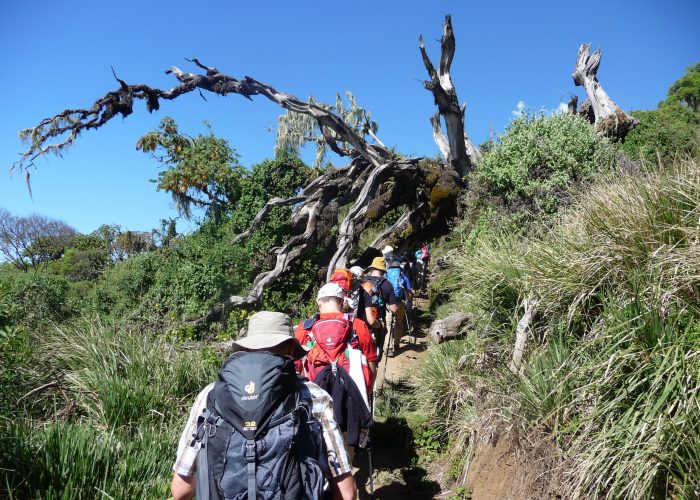
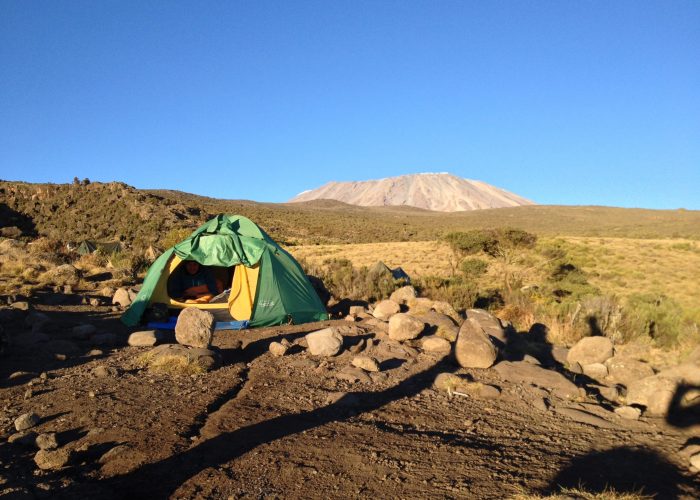

Location / Getting there
The park is located near Moshi town and can be reached from African View Lodge within 2-3 hours, depending on which route one is climbing. The peak of Kilimanjaro is often visible upon arrival at Kilimanjaro International Airport.
Activities
Mount Kilimanjaro is popular with mountaineers who are looking for a special challenge. Seven different routes lead to the summit, each with different levels of difficulty and various landscapes.
For those not interested in summiting Kilimanjaro, there are still plenty of opportunities in the surrounding areas as nature walks in the lush rainforests full of birdlife, and scenic waterfalls.
The region is also rich in cultural heritage, and visitors can take cultural tours to nearby villages to learn about the local tribes and their traditional way of life. This includes visits to Chagga villages to learn about traditional farming methods or local coffee production.
Best time to travel
Mount Kilimanjaro can be climbed year-round, but the dry seasons (late December to March and June to October) are generally preferred due to the more predictable weather patterns with clear sky and better climbing conditions. However, if you prefer quieter trails and don't mind the possibility of some rain, you may consider climbing during the shoulder seasons (November to mid-December and April to May).
